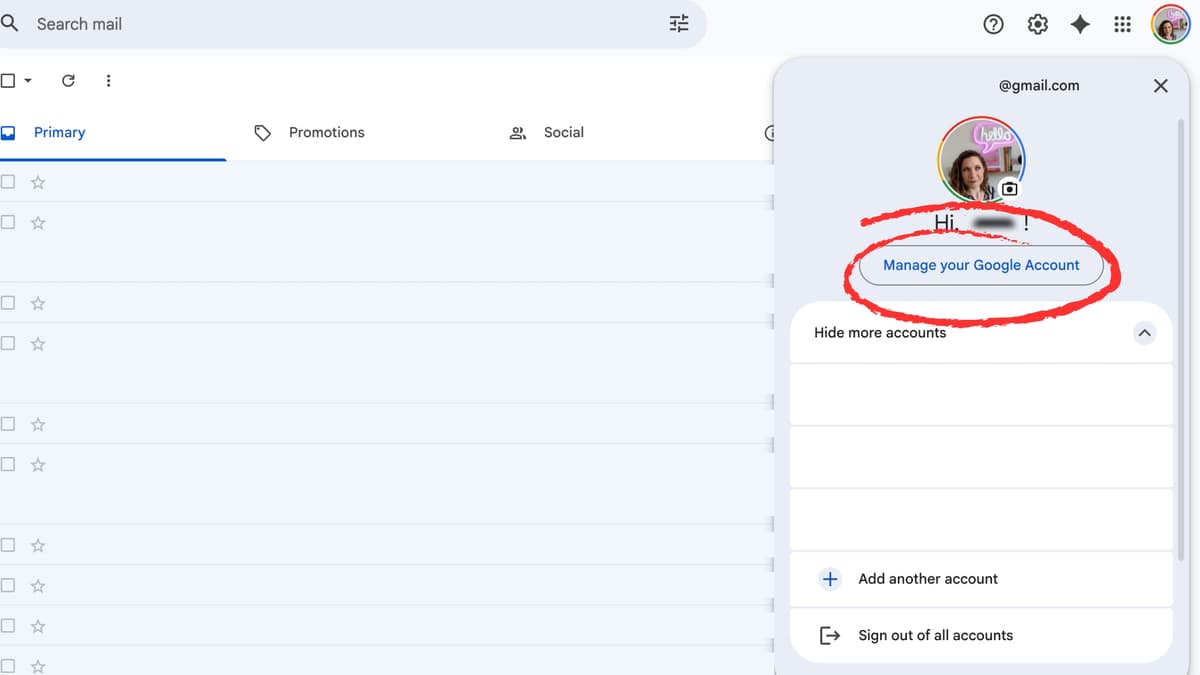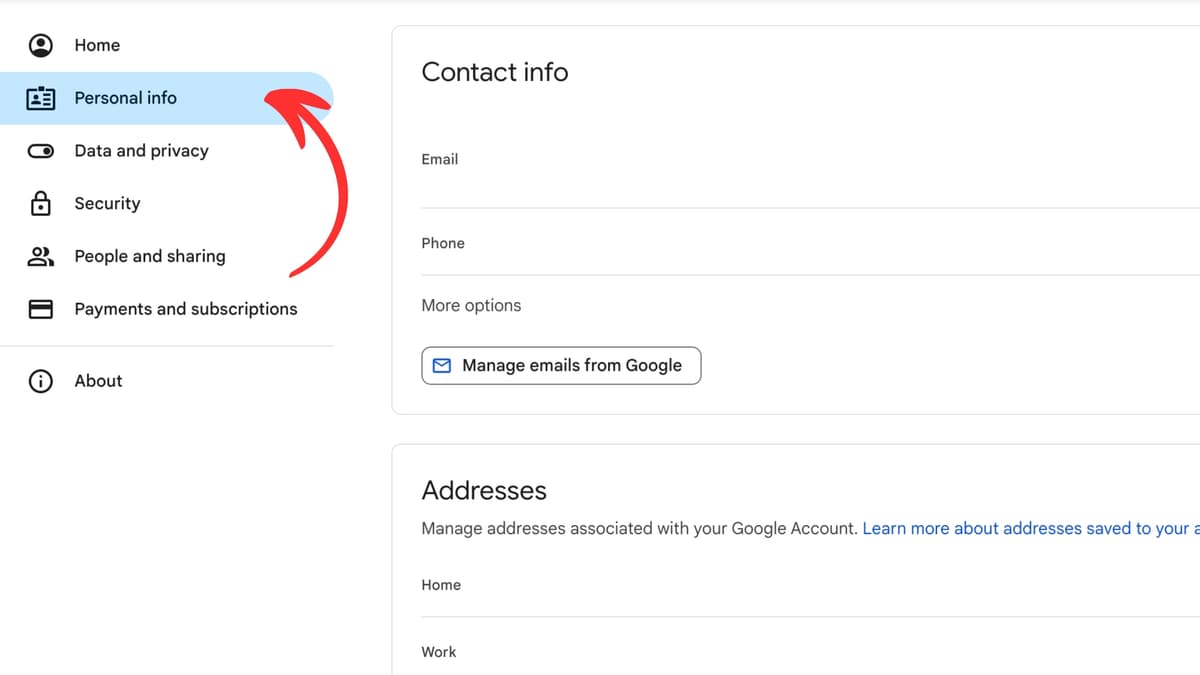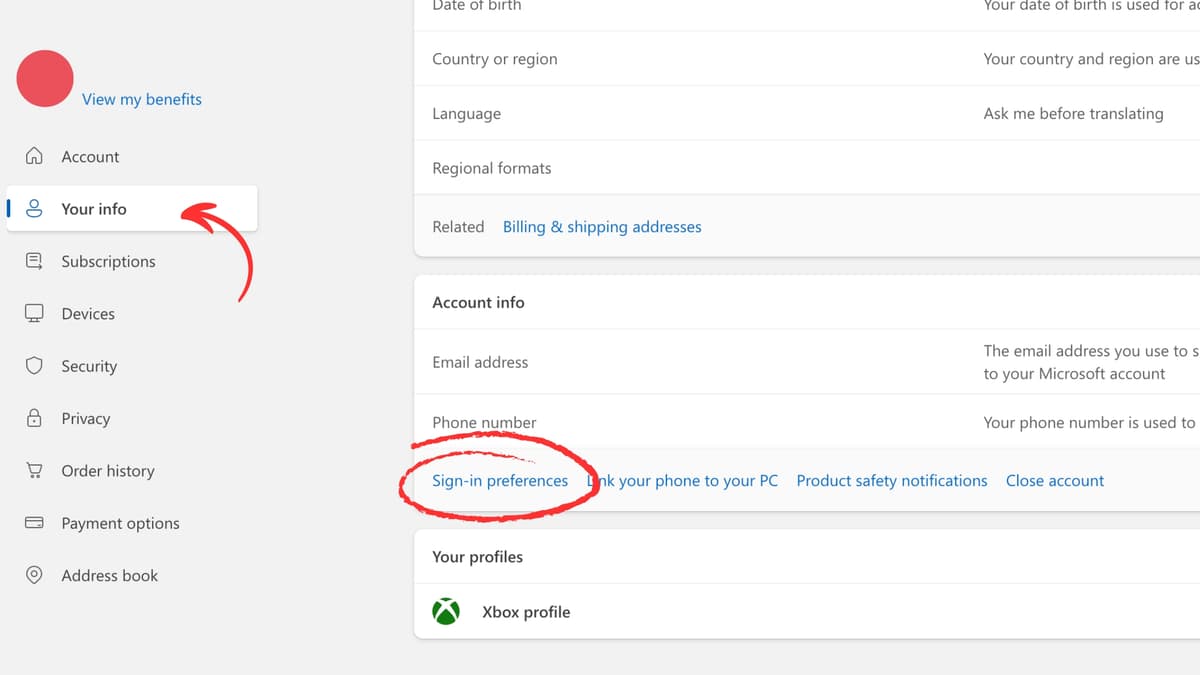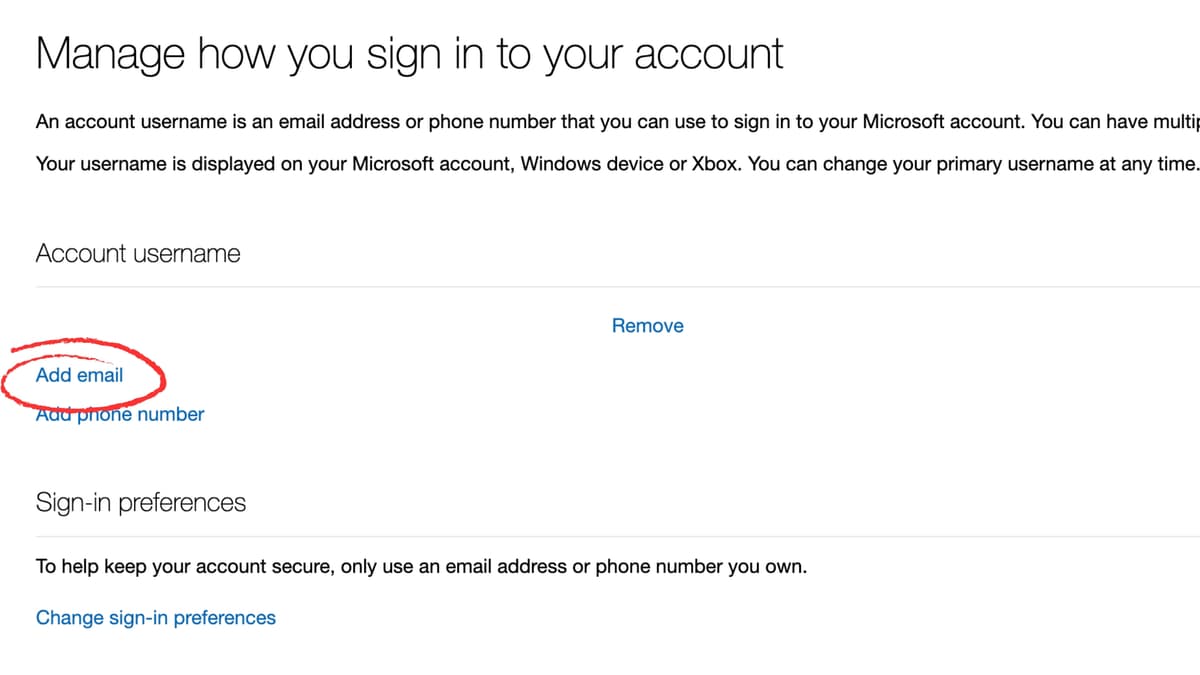CONTACT
© Fyxer AI Limited. Company number 15189973. All rights reserved.
Begin your day with emails neatly organized, replies crafted to match your tone and crisp notes from every meeting.
© Fyxer AI Limited. Company number 15189973. All rights reserved.
© Fyxer AI Limited. Company number 15189973. All rights reserved.
© Fyxer AI Limited. Company number 15189973. All rights reserved.
Changing your email address can seem simple until you realize how much of your professional life depends on it. From client communications to logins and subscriptions, your email is a digital anchor. Whether you’re updating your address for security, rebranding, or a new job, doing it correctly means keeping your data, contacts, and conversations intact.
The process varies depending on your provider — Gmail, Outlook, or another platform — but the principle stays the same: update your details safely, redirect messages efficiently, and keep communication seamless. Here, you’ll learn how to manage the switch across major email services, migrate your data, and stay connected without missing a single message.
If you’re wondering “can I change my Gmail email address?” or “can you change your email address on Gmail?” the answer depends on the type of Gmail account you have.
For personal Gmail accounts ending in @gmail.com, you generally can’t edit your existing address. Instead, you’ll need to create a new Gmail account, then migrate your old data and set up forwarding so you don’t lose any messages.
For Google Workspace or business accounts, administrators can usually update usernames and aliases directly.
Open your Google Account by clicking your profile photo, then select Manage your Google Account.

In the left sidebar, click Personal Info and scroll to Contact Info → Email.

Click your current address. If your account allows it, you’ll see an option to Edit or Add alternate email.
Enter your new address, then follow the link Google sends to confirm.
If your address can’t be changed (for most users with @gmail.com), follow the steps below to set up your new account and migrate everything across.
You can bring your messages, contacts, and even labels over to your new Gmail inbox using Google’s import tools.
This ensures that any new messages sent to your old account land in your new inbox automatically.
Related read: Why am I not getting emails on Gmail?
Outlook and Microsoft 365 users have more flexibility. You can create aliases, change your primary email address, or add new accounts — all while keeping your old emails and calendar entries.
Visit account.live.com and sign in.
Your Info → Account Info → Sign-in Preferences
Select Manage how you sign in to Microsoft.

Choose Add email and either use an existing address or create a new @outlook.com alias, then click Add username.

Once added, click Make primary to make this your default sign-in and “From” address.
In Outlook, go to Settings → Mail → Sync email to confirm your default “From” address matches the new alias.
Microsoft allows you to use multiple aliases under one account, so you don’t need to start from scratch. All your contacts, calendar events, and OneDrive files remain linked.
Changing your main email means you’ll need to update it across all the platforms that rely on it. Prioritize the following:
If you use a CRM or marketing platform (like HubSpot or Mailchimp), update your sender email to maintain deliverability and brand consistency.
Related read: How to create a me.com email address
Even with automation, people might keep sending emails to your old address for months. A few proactive steps will make the transition invisible to most contacts.
It’s common to juggle more than one inbox — the average user has at least 1.86 email accounts according to Porch Group Media. That’s why managing your switch carefully matters. You want all your messages, contacts, and notifications pointing to the right place without doubling your admin.
Subject: New email address
Thanks for your message. I’ve updated my email address to [newemail@domain.com]. Please update your records and contact me there moving forward.
Keep it live for at least 3–6 months to catch any stragglers.
Changing your email address is a digital reset that helps you stay reachable, organized, and in control of your communications. It’s an opportunity to streamline your accounts and create a more professional setup that supports how you work today.
Fyxer helps professionals stay in control of their inbox, even through big transitions. From categorizing incoming emails to drafting replies automatically, we handle the admin so you can focus on what matters.
Start your free trial today at fyxer.com
Not usually. Most Gmail addresses ending in @gmail.com can’t be renamed. You’ll need to create a new account and import your data. However, if you use Google Workspace, your admin can update your address for you.
Yes, by importing and forwarding. Create your new Gmail address, then import your old emails and contacts through Settings → See all settings → Accounts and Import. Keep forwarding active for a few months so you don’t miss anything. It’s the simplest way to move your entire inbox without losing your history or attachments.
You can’t technically merge accounts, but you can link them. In Gmail, go to Settings → Accounts and Import → Check mail from other accounts to pull messages from a secondary inbox into your main one. This lets you manage both accounts from a single login, making it easier to keep track of everything in one place.
Only if you import or sync them. Gmail and Outlook both offer built-in tools for this. In Gmail, use the Import mail and contacts option under Accounts and Import; in Outlook, go to File → Open & Export → Import/Export. Always double-check your import settings before deleting an old account to make sure nothing’s left behind.
In Gmail, once deleted, your account is usually unrecoverable after a short grace period. You can try Google’s account recovery tool to check if it’s still available. In Outlook, Microsoft may allow recovery if done quickly through your account settings or by contacting Microsoft Support. Act fast — once data is purged from their systems, it’s gone for good.
If you’re changing addresses for personal branding or company updates, aliases are faster and easier. They let you send and receive messages under different names without setting up a new inbox. However, if your inbox is cluttered, or you’re moving away from an outdated domain, starting fresh gives you a cleaner, more organized start.